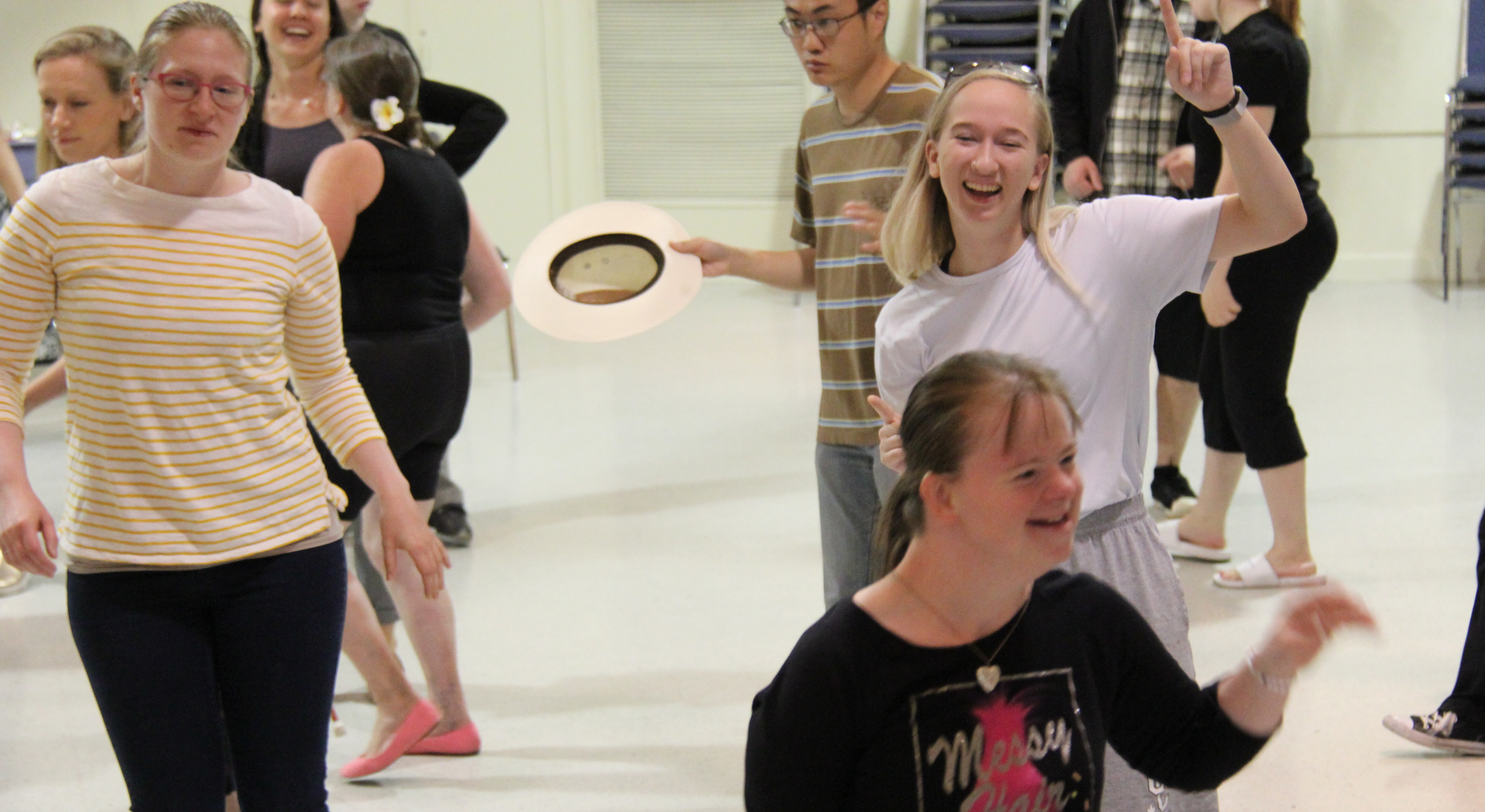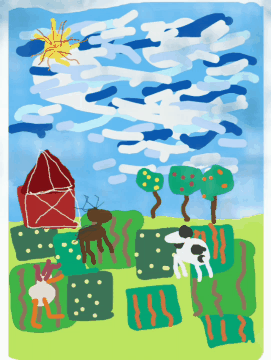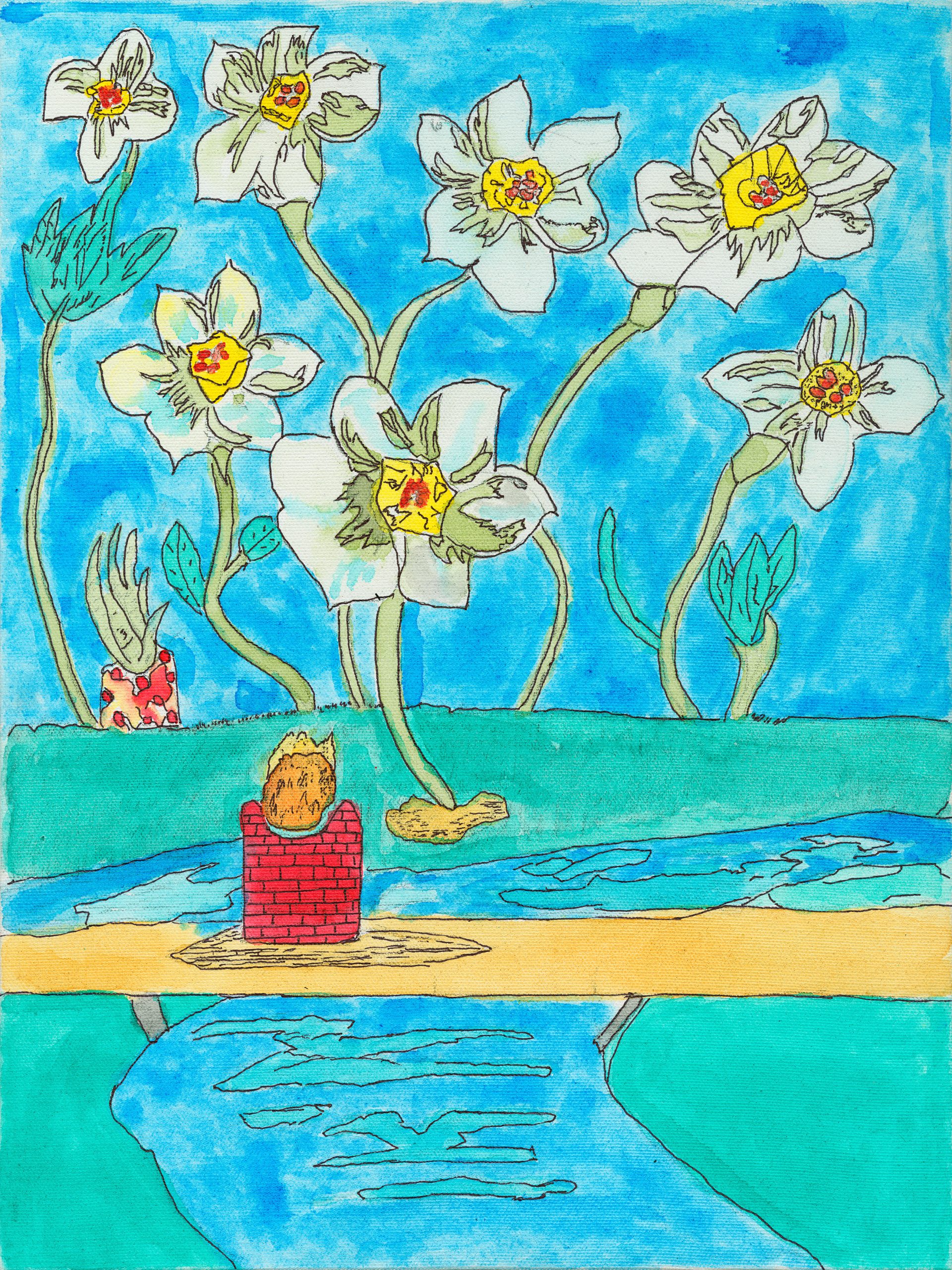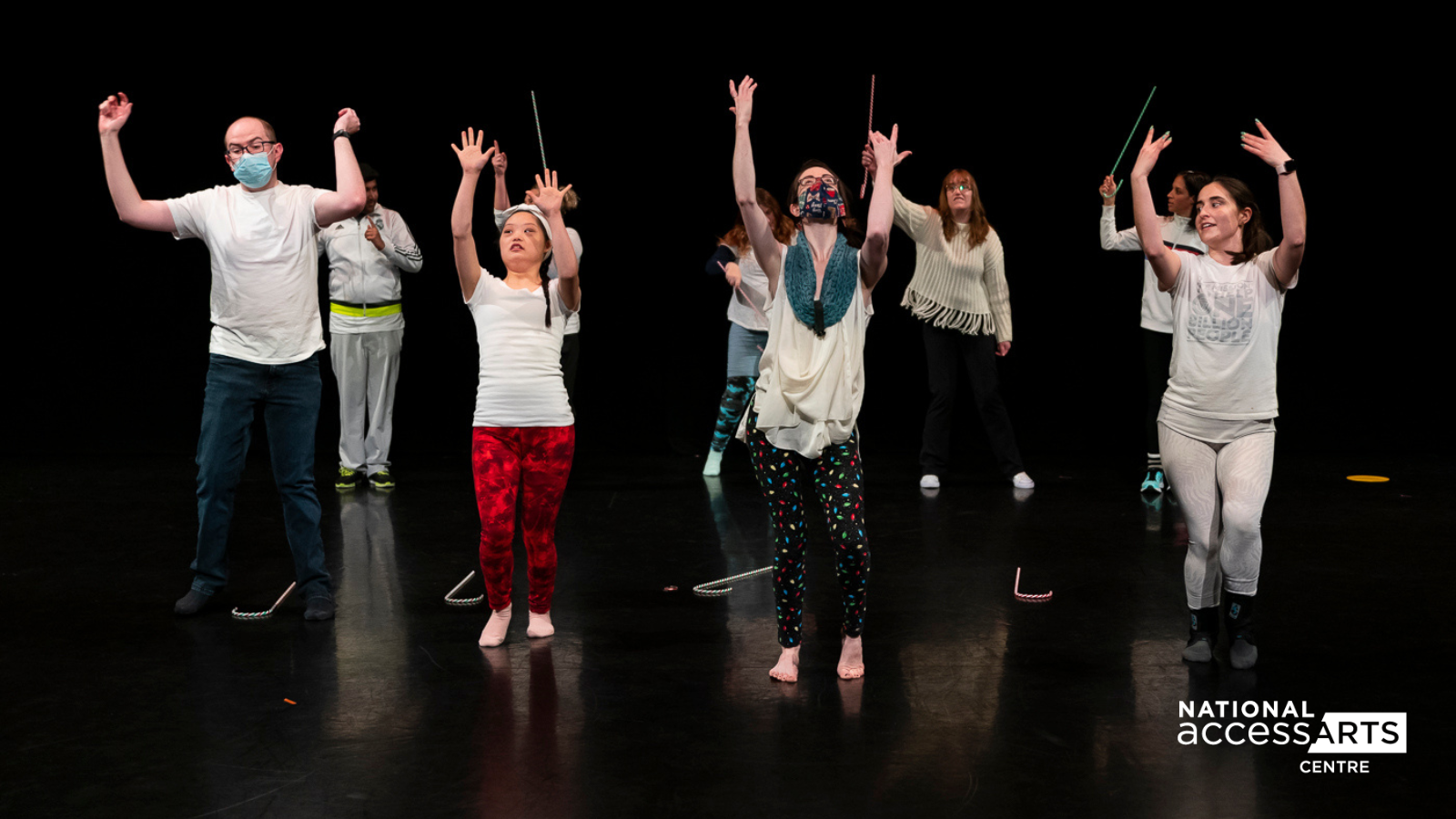After 18 months of living under public health restrictions related to the COVID-19 pandemic, many of us have come to learn that personal connection is more important than ever. We’ve also learned to appreciate the little things in life, like seeing a friend smile or shopping at a favourite store. At a time like this, being able to give thanks and express gratitude is essential.
Seeing a need, the National accessArts Centre (NaAC) launched Gratitude GoGo, a high-energy dance class for people of all abilities to explore ways to embody gratitude by learning classic gogo moves from different decades — all while making new friends in a welcoming, inclusive, and accessible environment.
Good vibes only
“The class aims to find ways to bring gratitude into our bodies and into our movement, and use that energy in gogo dancing,” says Chawna Exner, founder of the program and Performing Arts Assistant at the NaAC. “In learning these moves, we explore them in ways that feel best in individual bodies instead of limiting the moves to specific body parts. We discover variations of the moves this way that feels good!”
“How we move affects how we feel,” describes Chawna. “Gratitude is such a powerful feeling to embody because it allows us to move with care, appreciating our bodies and really paying attention to what truly feels good — regardless of whether it looks the same as someone else.”
For her co-facilitator, Alicia Morrison, it’s the perfect place to challenge herself, connect with friends, and find inspiration for her work. But not as a dancer, as a writer. Alicia is a storyteller at heart.
Cast of characters
“COVID changed me, but it also gave me more ideas of what I need to challenge myself,” Alicia admits. Her first challenge: finish the 4-part novel she started during the pandemic. It’s a sci-fi love story based in medieval times. “Dance helps me enter my imagination. It gives me ideas for my story that I come up with a lot with the music.”
If movement is her muse, the students in the class are her character inspiration. “When I think about my characters, I feel their emotions. When my characters feel happy, I feel happy. When they are worried, I’m worried,” says Alicia, who admits she feels the same way about the participants in her class. “I feel [their emotions] in my heart.”
It’s this ability to create meaningful personal connections that makes Alicia the perfect co-facilitator for the Gratitude GoGo program.
“Connecting through play, such as in dance, is a different way of connecting than through conversation — it can have more ease, and often allows you to learn more about each other quicker.”
Chawna Exner, founder of Gratitude GoGo and Performing Arts Assistant, NaAC
It’s no surprise Alicia jumped at the opportunity. “The best part of the program is being able to meet new people and reunite with old faces,” says Alicia, who describes the process of facilitating a class as “a lot like making friends.” It starts with an introduction but becomes more intimate when the music starts. “While dancing, it’s like we’re talking to each other through dance.”
When leading the class, Alicia leans on the advice of her mom: “Always give people a smile when they’re down or if they need help. Always give them a nice, gentle, kind smile, and help others in need.” Wise words we could all use right now.




